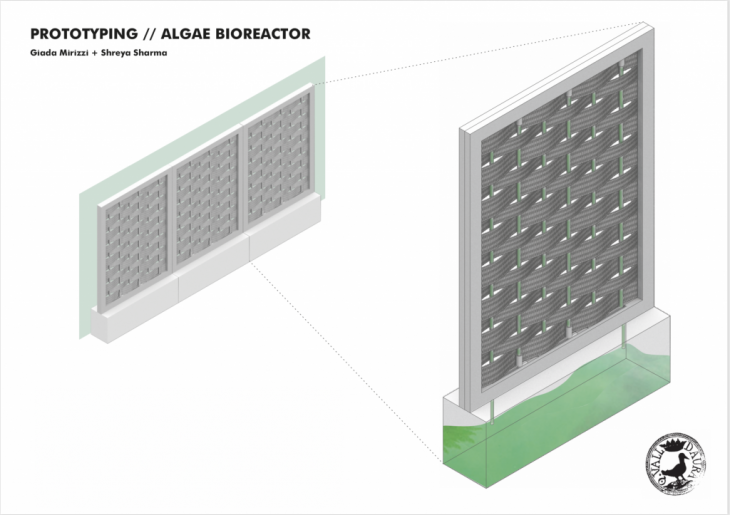
The project consists in a modular cladding system conceived to act as a photobioreactor to grow microalgae. The system use solar energy to remove CO2 and pollutants from the atmosphere and produce an healthy food resource.
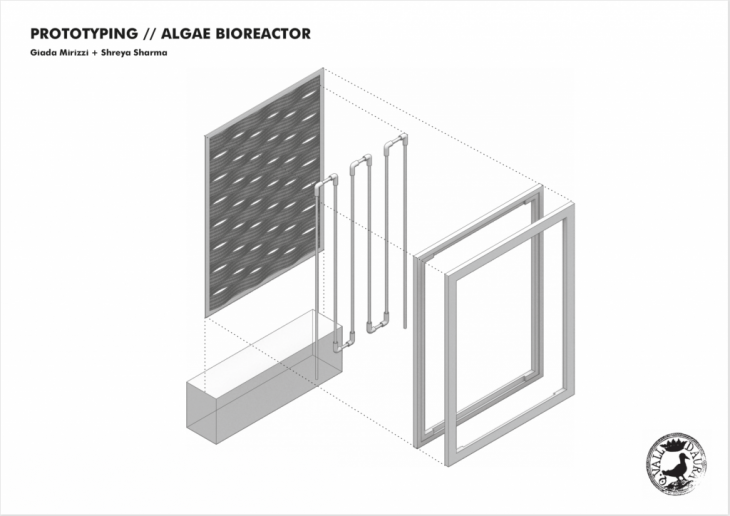
The prototype creates the conditions for growing microalgae in a closed and controlled environment. It is developed as a form of tubular bioreactor envisoned as a panel for a facade or an interior wall panel. The purpose of this prototype is to be able to integrate bioreactors in the building without having it as a separate entity. A functional bioreactor that can become a part of the building or building facade which would encourage the use of bioreactors as a commonplace practice in households for their various functions.
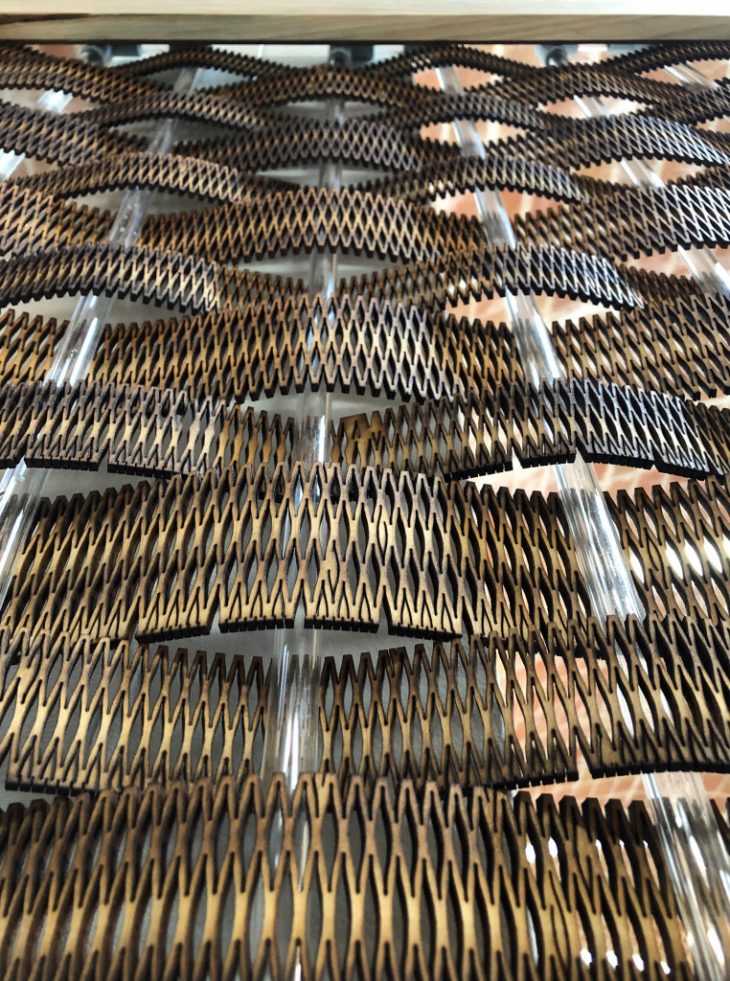
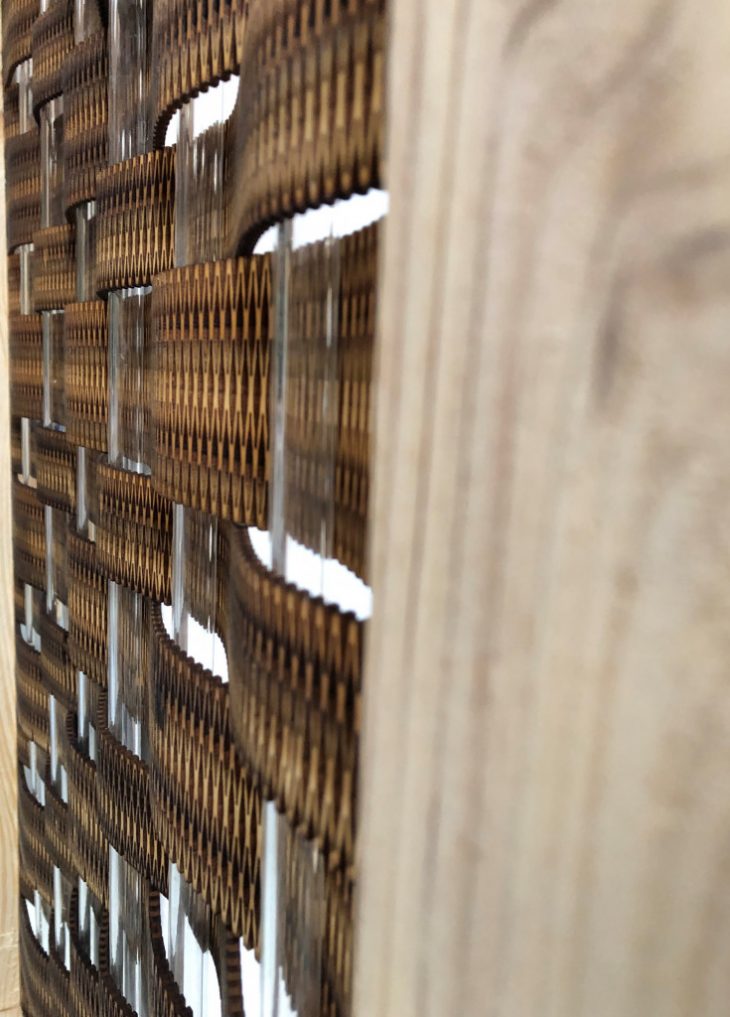
The panel is made by cutting a live hinge pattern into strips to give the wood flexibility.
The pipes are woven through the strips in a criss-cross pattern.
A frame holds the panel together as well as is udes to hide the connectors for the pipes.
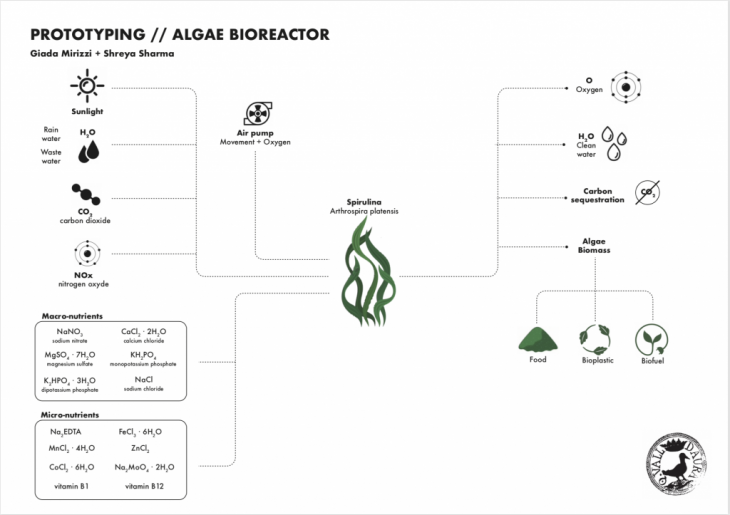
As the population is growing, and the arable land is reducing, integrating microalgae cultivation within architecture offer the opportunity to grow a large amount of nutritious food in cities, reducing our impact on the planet.
Microalgae can be used to combat malnutrition since it’s rich in vitamins, mineral and proteins. I It could help to reduce deforestation since it could be used to feed livestock and poultry.
Microalgae need carbon dioxide for growing and they convert it into oxygen, improving the air quality and reducing the greenhouse gases in the atmosphere, with no land subtracted to the forest and nature. Likewise, they can grow in rainwater or wastewater, cleaning the water.
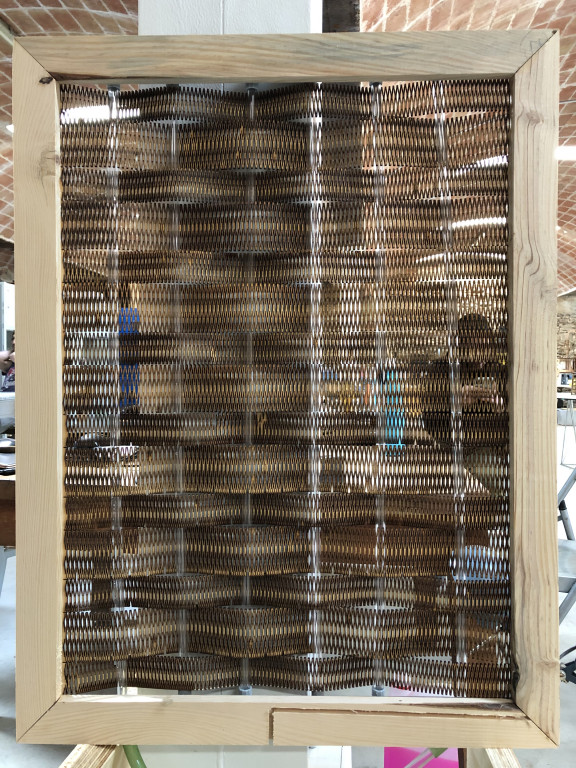
MATERIAL TRACEABILITY
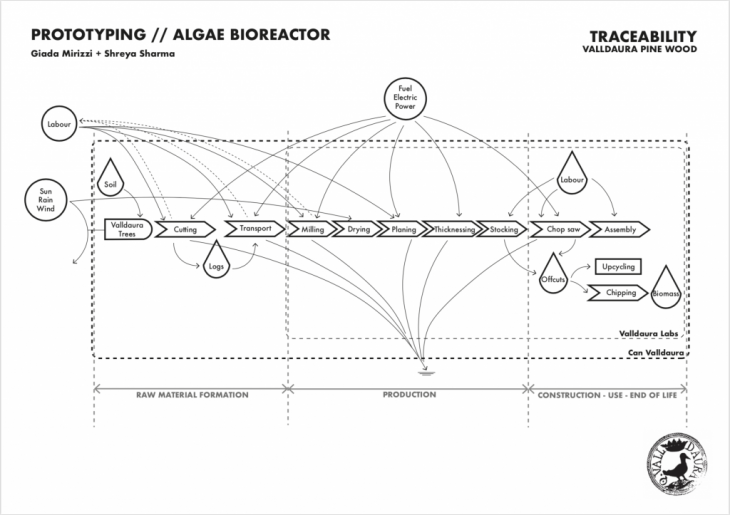
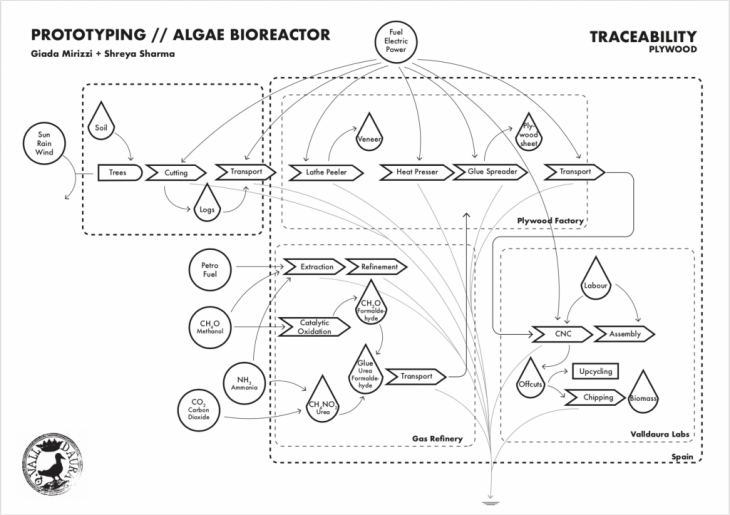
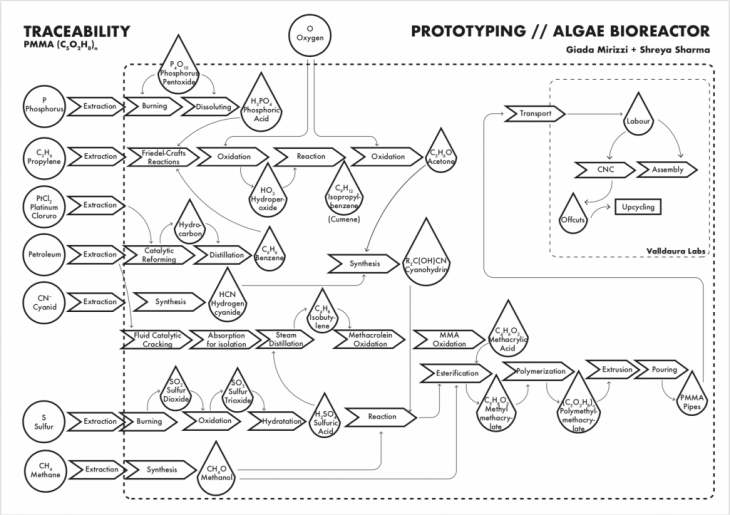
Students: Shreya Sharma, Giada Mirizzi
Faculty: Michael Salka